The market-leading DatamedIQ panel
With exclusive data from the largest online pharmacies, we operate the largest OTC panel and have the strongest market coverage.


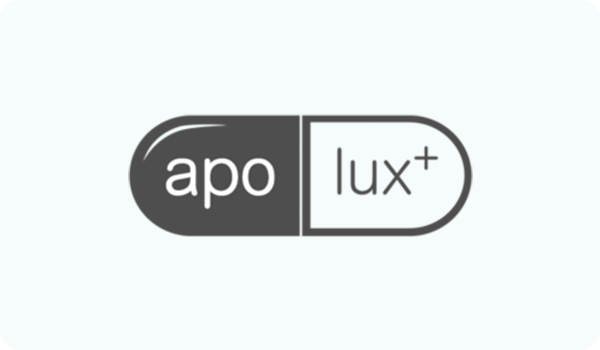


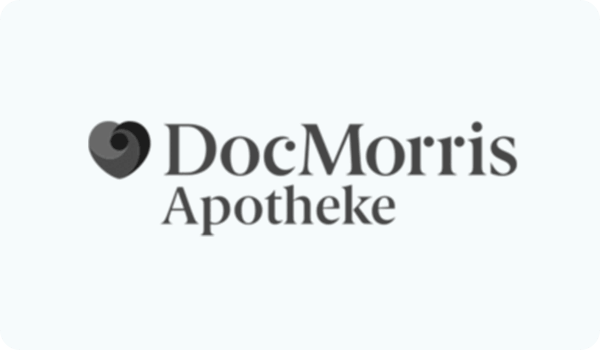




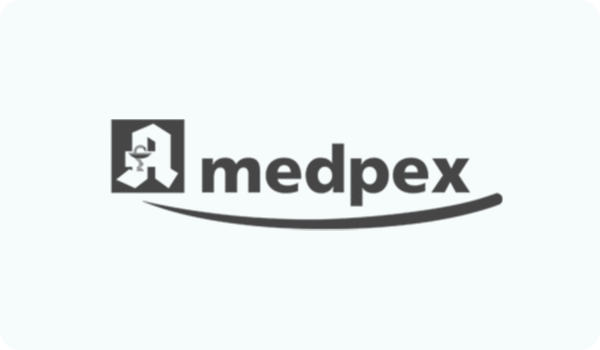
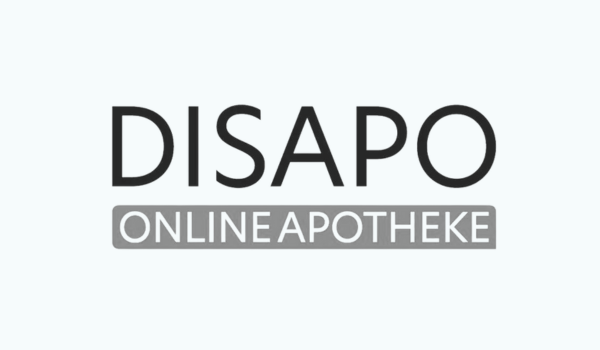


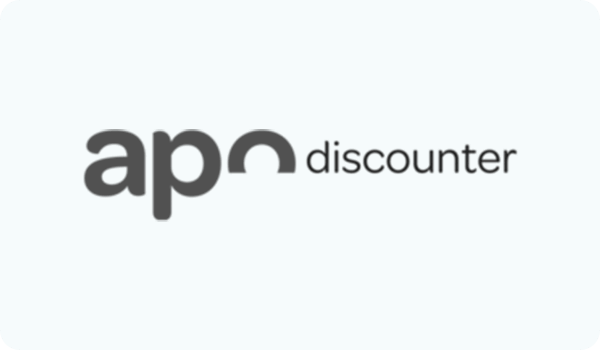
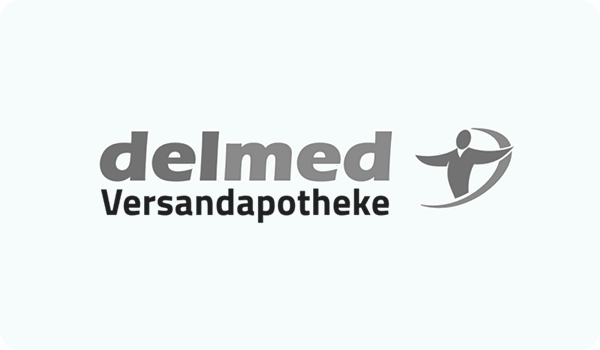


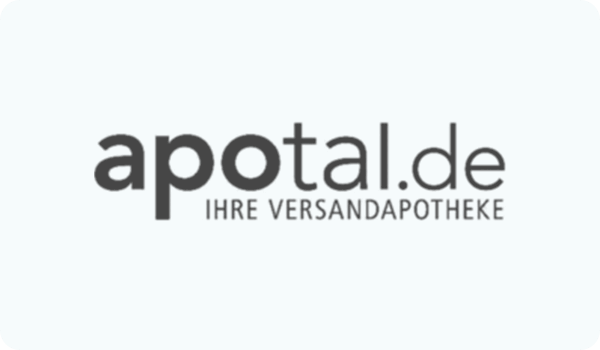

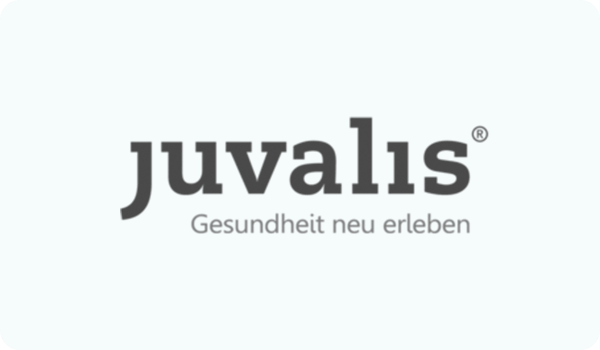

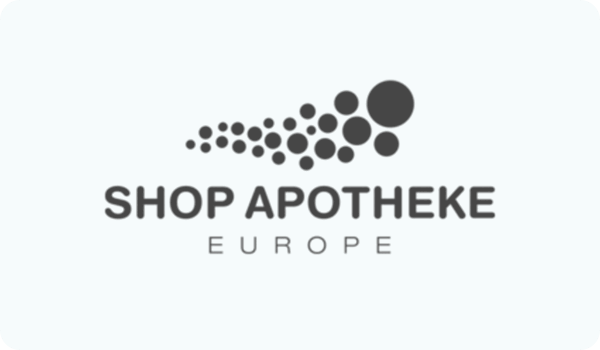





















DatamedIQ operates the largest and strongest panel in the mail-order pharmacy sector, which includes the leading online pharmacies
Using valid statistical models, DatamedIQ extrapolates the transaction data from all these data providers to 100% of the German mail-order market. The data basis of our partner companies also includes sales from the so-called marketplace business, such as the Amazon Marketplace. Recently, we significantly increased our coverage with Aponeo, Sanicare and Disapo.
#1
Panel
DatamedIQ operates the largest panel for the German CHC mail order business.
~70%
Coverage
Exclusive data from the largest online pharmacies.
100%
of the German
CHC mail order business
can be analyzed by extrapolating the transaction data from our data providers.
Key questions
and answers at a glance
How does the DatamedIQ extrapolation differ from other extrapolations?
DatamedIQ’s extrapolation stands out due to the quality, representativeness, and exclusivity of the underlying data.
Our results represent top-notch data quality. You benefit particularly from the type and amount of available data: With DatamedIQ’s exclusive access to the order data from leading online pharmacies, we have the largest panel of its kind. This enables us to ensure exceptionally precise and high-quality results.
From which online pharmacies does DatamedIQ receive its data?
What data does DatamedIQ receive from online pharmacies?
DatamedIQ receives so-called transaction data from online pharmacies, which are the information generated during a purchase in an online pharmacy. This includes shopping cart information and statistical data about the buyer.
Is this personal data?
Regarding the buyer information (gender, age, and 4-digit postal code), it involves non-personal or personally identifiable data. With these purely statistical data, any personal reference is demonstrably and consistently excluded.
Some specific points about data collection:
We never receive the exact delivery address of the customers. Instead, we only get information about the region based on the first four digits of the postal code. For transactions, we receive information about the gender and age of the customers. The age is rounded to 5 years to prevent direct identification. Although we have customer reference numbers or IDs, these do not come directly from the shop system. They are pseudonymized or anonymized using hashing methods. Therefore, at no point is it possible to associate a reference number with a specific customer, even across different systems.
How and how often does DatamedIQ receive its data?
DatamedIQ receives its data daily. The transaction data from the previous day is always transmitted to us on the following day. However, it should be noted that there may be delays due to system-related issues with our suppliers’ ERP systems, particularly with shipping companies. Nevertheless, we can highly likely ensure that all relevant transactions are recorded in our database no later than two days after a purchase. In fact, about 95% of all data arrives with us the day after the transaction.
What measures does DatamedIQ take to ensure data quality?
4o
How does DatamedIQ extrapolate market figures from the transaction data of online pharmacies?
DatamedIQ uses a sophisticated method to extrapolate market figures based on transaction data from online pharmacies:
-
Statistical Model: Initially, we use a regression model to estimate market figures. Based on our knowledge of the market size and the volume of transaction data available to us, we can determine the factor by which we need to extrapolate the data to reach the actual market value.
-
Extrapolation Factors: We have several hundred thousand extrapolation factors that were initially established and are regularly updated, especially when onboarding new pharmacies into the panel.
-
Consistent Data Handling: Our extrapolation is based on the transaction data from our partner pharmacies. To ensure consistent quality, we have agreed on specific data standards and specifications with our suppliers. This ensures that the data streams are consistent across all suppliers.
-
Product-Specific Extrapolation: For each product, represented by a PZN (Pharmaceutical Central Number), our model uses specific extrapolation factors. With these, we can extrapolate the data provided to us for each product to a level that we consider representative of the market level for that product.
-
Consideration of Trends: In addition to our statistical models, we also consider market trends in our extrapolation. This ensures that there are no overestimations or underestimations in growth.
Through this methodology, we ensure precise and reliable extrapolation of market figures from the transaction data available to us.
Why do the sales figures drawn from the daily sales dashboard not match the figures from the monthly dashboard, even though both are defined as "sales"?
The sales figures in the daily and monthly reports are both categorized under the term “sales,” but the numbers can differ. This is because the daily data is initially preliminary and only captures orders through certain channels immediately. Additionally, cancellations and returns may not be accounted for right away. After a few days, these data are corrected and supplemented, so the monthly data provides a more complete and refined representation of all transactions, including all channels and corrections. These monthly reports are ideal for analyzing long-term trends and strategic planning, as they offer a comprehensive overview. In contrast, daily data is useful for the immediate assessment of marketing campaigns or rapid market changes.
Does the DatamedIQ extrapolation also include marketplaces and/or hybrid pharmacies?
Marketplaces: We consider transactions from marketplaces if the supplier is active there. For instance, if a supplier has a seller account on platforms like Amazon, we include these transactions in our extrapolation.
Hybrid Pharmacies (Brick-and-Mortar Pharmacies Selling Through Marketplaces): Generally, hybrid pharmacies are not systematically included in our extrapolation. Our panel primarily covers the B2C business, meaning transactions where end consumers purchase products directly from online pharmacies. If a customer buys a product from a marketplace pharmacy that is not our partner, this transaction is not included in our extrapolation. Only if the hybrid pharmacy is legally part of one of our partners and the contracts are consolidated, could we consider such transactions. Currently, we do not have dedicated data delivery contracts with marketplace providers like Amazon or eBay. We only receive data from our suppliers who have contracts through these marketplaces.
What is sell-out data and what are OTC Insights?
Definition of Sell-out Data: In the context of OTC mail-order trade, “sell-out data” refers to specific sales information that online pharmacies commit to providing to pharmaceutical manufacturers during annual discussions. These data reveal the sales figures that an online pharmacy has achieved for the products of a particular pharmaceutical manufacturer and rarely include information on category sales. The purpose of sell-out data is to give pharmaceutical manufacturers insight into the performance of their (and only their) product portfolio in this (and only this) online pharmacy. The overall market is not represented.
Definition of OTC Insights: The extrapolated market data from DatamedIQ, known as OTC Insights, is a completely different data source that extrapolates the transaction data of the largest online pharmacies to represent 100 percent of the German mail-order market. The data base includes 19 of the top 25 pharmacies and also includes sales from the so-called marketplace business, such as Amazon Marketplace. Thus, OTC Insights does not provide information about a manufacturer’s product portfolio in a specific pharmacy but rather the extrapolated figures of all manufacturers in the overall market. These data are consistently and uniformly exported, offering a clear and unadulterated view of the national B2C business.
If I obtain and aggregate sell-out data from all relevant online pharmacies, do I then have market figures?
How does the DatamedIQ extrapolation differ from aggregated sell-out data from pharmacies?
Aggregated sell-out data from pharmacies and DatamedIQ’s extrapolated data are fundamentally different datasets. They differ primarily in the following key aspects:
- Uniform Interface: DatamedIQ requests transaction data from all suppliers according to uniform standards. This specification forms the basis for a representative extrapolation: revenues are uniformly delimited and only B2C transactions are evaluated. In contrast, pharmacy sell-out data is not exported uniformly.
- Daily Data Review: We systematically check the data daily for completeness and accuracy. Additionally, a detailed four-eye principle review is conducted monthly. Comparable quality standards do not exist for sell-out data.
- Representative Data: Our data offers the highest and leading market coverage, as we collaborate with top pharmacies and other well-known pharmacies that have high market relevance. Our market models account for closures and other special market effects, which are generally not or inadequately modeled in aggregated sell-out data.
- Bundle Resolution: Another distinguishing feature is that we uniformly identify and break down product bundles into their individual components. This is particularly important for revenue, which is generally not possible with sell-out data.
- Overall Market View: While sell-out data is usually available only for the pharmacy’s own portfolio, the DatamedIQ panel provides an overall market view. This allows our customers to reliably observe market shares and their shifts.
In summary, DatamedIQ provides a comprehensive, standardized, and representative view of the market, whereas pharmacy sell-out data is often more limited and less standardized.
Each CHC manufacturer must decide independently which data to use for evaluating their performance. However, given the superior coverage and quality assurance of our extrapolations, we strongly recommend against using aggregated sell-out or sell-in data. Comparing these data with ours is often not productive.
If sell-out data should not be used as market data, is it superfluous?
Certainly not! They are particularly useful for specific applications beyond market analysis. For example, the sell-out figures from ePharmacies are the only reliable data source for evaluating certain campaigns or performance at a specific pharmacy.
Where can I find out more about the right data basis for my business decisions?
In this article, we go into this topic in detail. You will learn about the most common data sources and the (very significant!) difference between aggregated sell-out data and extrapolated market figures.
Contact us
Would you like to find out more about the panel?
Would you like to learn more about the panel? Talk to our experts and find out how you can efficiently use the Insights Hub and advance your company. Alternatively, you can also contact us by email or phone.

Steffen Hofbauer
Head of Sales & Solutions

Maaike Meibert
Customer Service Manager

Oliver Fenske
Senior Account Manager

Vincent Klee
Account Manager

Tim Noack
Account Manager
